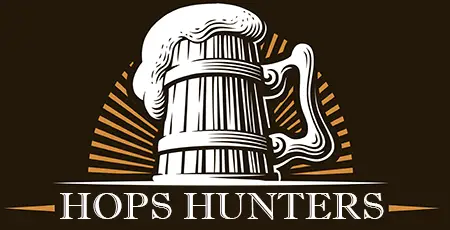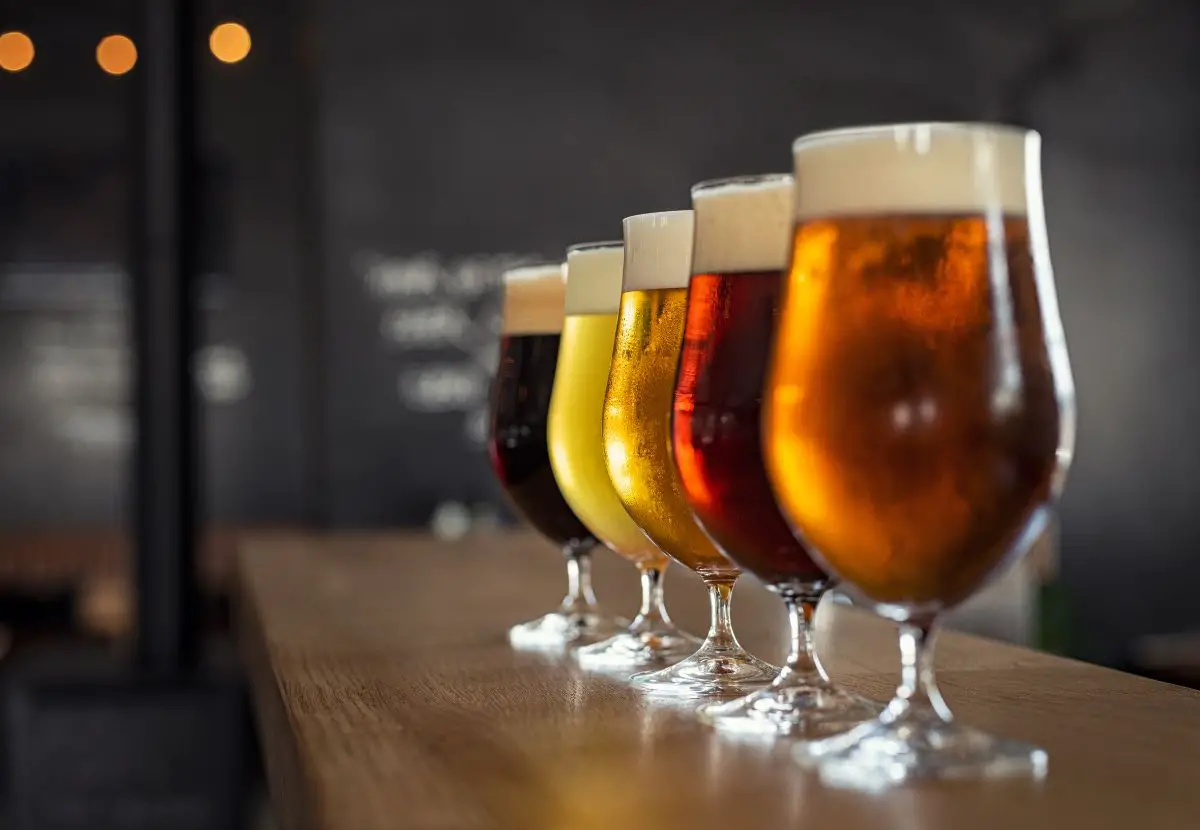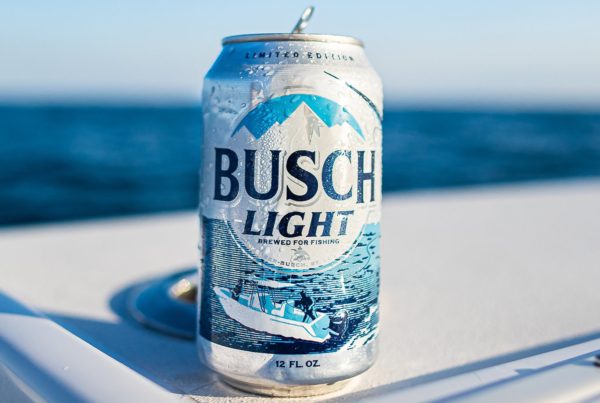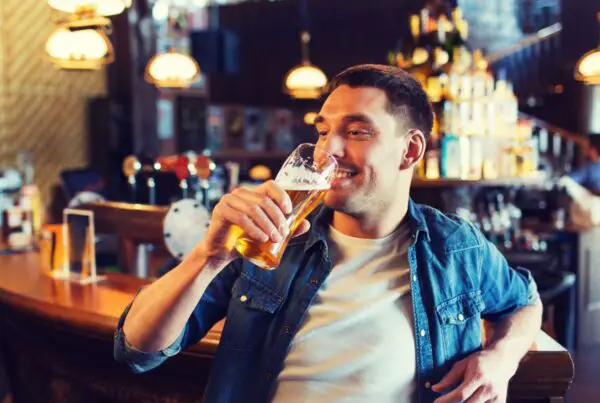How the ABV of Beer Affects Calories
We’ve all been there: The happy hour standoff between the siren call of a good brew, and the stern voice of your fitness app.
The eternal barstool battle between what tastes good—and what won’t have you doing the belt-loosening walk of shame.
If you’ve ever found yourself in that crossfire—this article’s for you.
Let’s look at how alcohol by volume (ABV) can also help determine how many calories are in a beer.
Calorie Counts & ABV Percentages: Beer by the Numbers
Alcohol By Volume (or ABV) is basically the percentage of pure alcohol in a beverage. It’s a pretty handy, straightforward way to measure how much alcohol is in your beer or other alcoholic beverage. But did you know it can also give you an idea of how many calories are in the beer as well?
Ethanol, which is the type of alcohol you’ll find in your drinks, has about 7 calories per gram. For perspective, carbohydrates and proteins both have 4 calories per gram.
Higher ABV means more alcohol, and more alcohol means more calories. It’s not a complicated relationship, but it’s one that’s often overlooked.
The Relationship Between ABV & Calories in Beer
Different types of alcoholic beverages have different caloric profiles as well. Dry double-hopped IPAs, oak-aged cabernet sauvignons, cranberry-flavored lava-rock-filtered 80 proof vodkas, small-batch Himalayan barley microbrews—they all have their own unique ABV and caloric profiles.
Naturally, we’re mainly concerned with information about beer here at Hops Hunters, so let’s take a closer look at some beer data points:
- Typical beers usually clock in around 4 – 6% ABV. That’s about 150 – 200 calories per can.
- If you opt for something like an Imperial Stout with an 11% ABV, you could be looking at upwards of 300 calories.
- Pale ales are usually in the neighborhood of 5 – 6% ABV, costing you about 160 – 200 calories per can. But with an IPA, expect that calorie count to jump up slightly. IPAs can run between 200 – 250 calories thanks to a higher alcohol content that can easily exceed 7% ABV.
Popular Light Beers: What’s the Caloric Damage?
We’ve covered the general relationship between ABV and calories. But if you’re a fan of lighter beers, you might be wondering how popular light beers specifically stack up in the calorie department. (Hey, if you’re googling this topic, you’re probably interested—right?) So let’s break it down:
- Coors Light Calories: A 12-ounce can of Coors Light will only set you back about 102 calories. It’s a fan favorite for a reason: low in calories and with an ABV of around 4.2%, it’s pretty guilt-free.
- Michelob Ultra Calories: This one’s even lighter on the waistline. A 12-ounce serving of Michelob Ultra contains just 95 calories and boasts an ABV of 4.2%. Ideal if you’re trying to keep those calories in check.
- Yuengling Light Calories: Yuengling Light Lager offers a bit more flavor than some light beers and comes in at around 99 calories for a 12-ounce serving, with an ABV of 3.8%. It’s a decent compromise if you want taste without the extra caloric heft.
- Natty Light Calories: Natural Light, affectionately known as Natty Light, offers 95 calories in a 12-ounce can with an ABV of 4.2%—cheap, effective, and gets the job done.
The Final Word
Higher ABV generally = higher calories. That’s the short and sweet of it.
So the next time you’re pondering over a can of good ol’ PBR or an 11% ABV small-batch, bourbon-barrel-aged, quadruple-hopped IPA with notes of passion fruit and smoked paprika, remember: higher ABV often equals higher calories.
When you’re reading that alcohol content on the beer label, you’re also choosing how many calories you’re going to drink, whether you intended to or not.
The bottom line is, you’ve got options. And you’re no longer flying blind in the beer aisle—now you’ve got the data to make an informed choice. Armed with your newfound knowledge of how ABV affects calories, you can size up that beer bottle like a pro.
It’s like having a superpower, but instead of lifting cars or saving entire cities, you’re accurately estimating calorie counts of beers based on the ABV. While Spider-Man swings from building to building, snatching innocent Brooklynites out of harm’s way and Superman is intercepting nuclear missiles in space and casually tossing them into the Sun—you’re in the beer aisle, reading beer labels with the focused intensity of a bomb squad technician. Hey, we all have to start somewhere, right?






